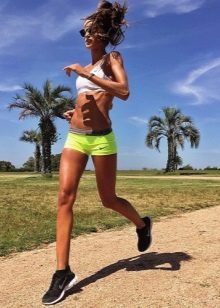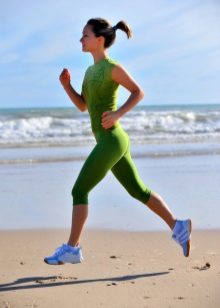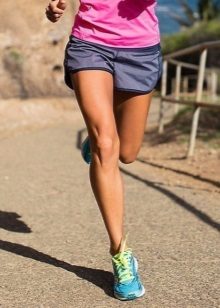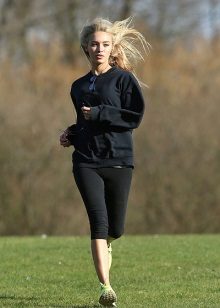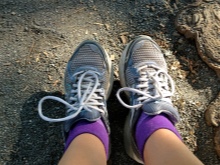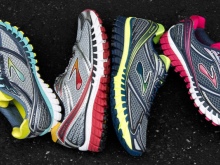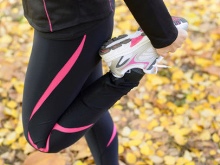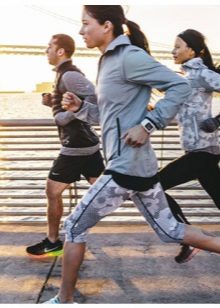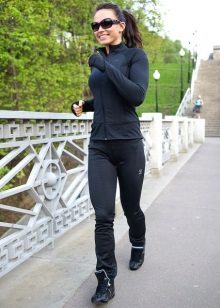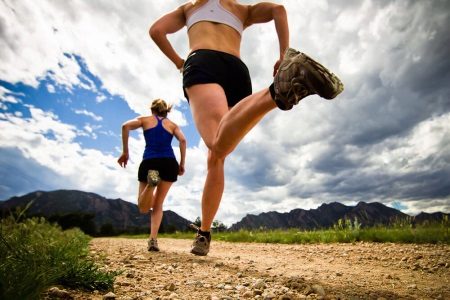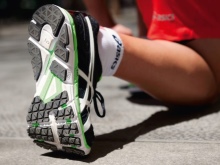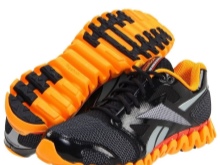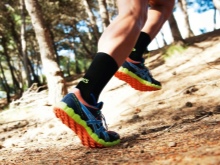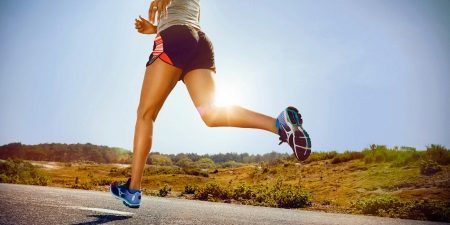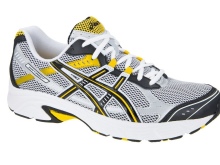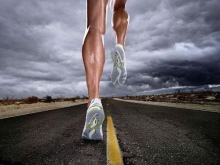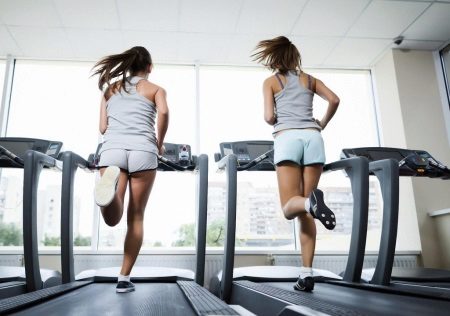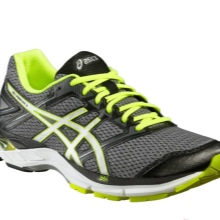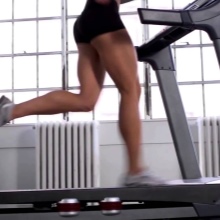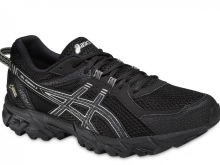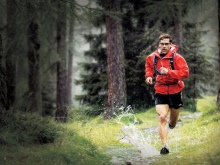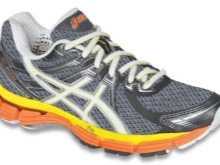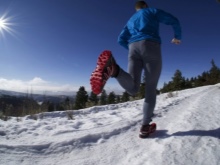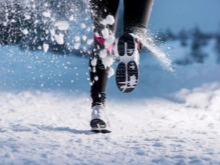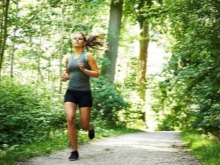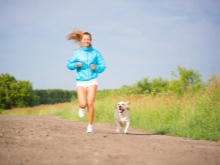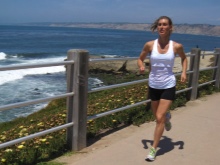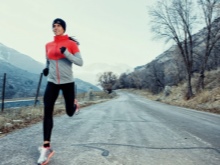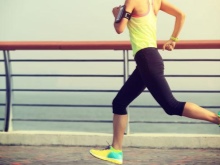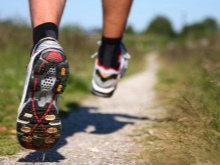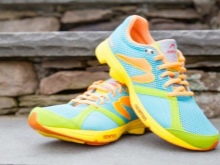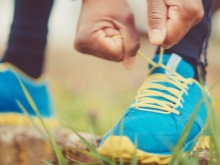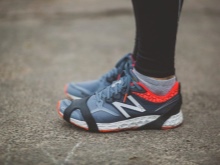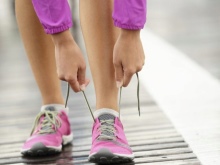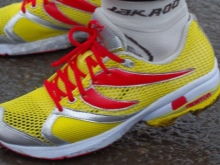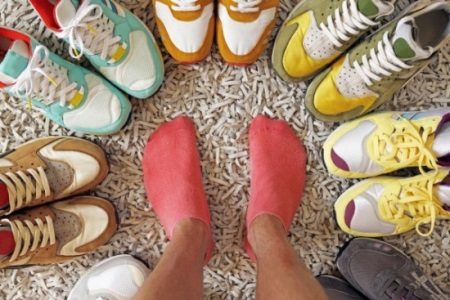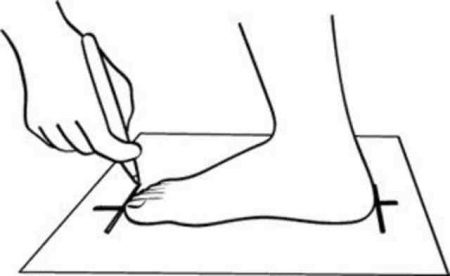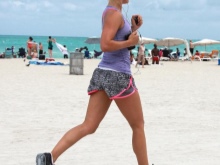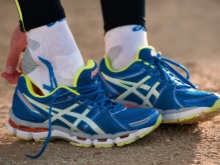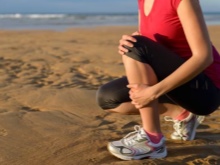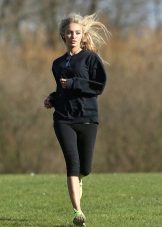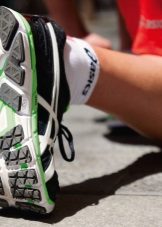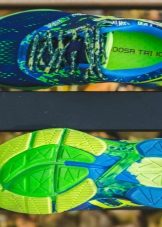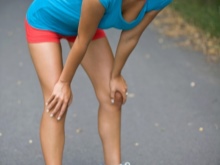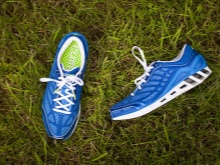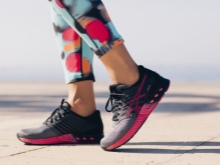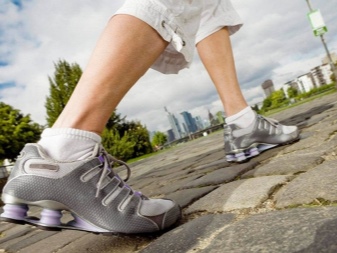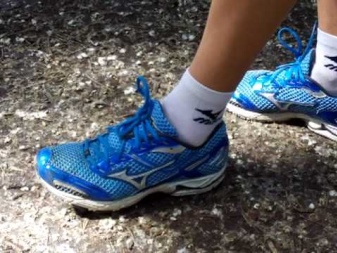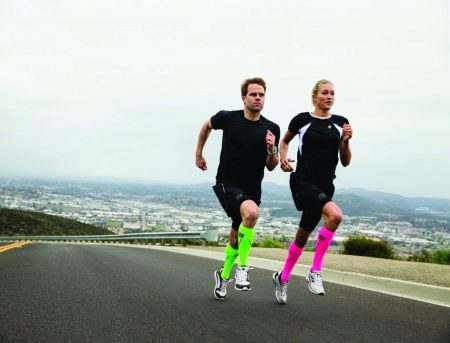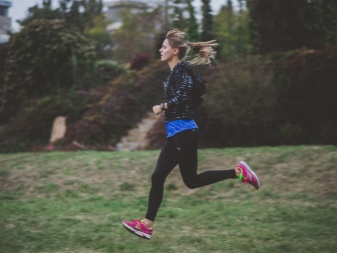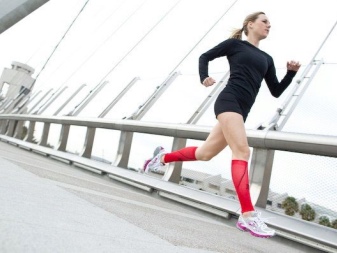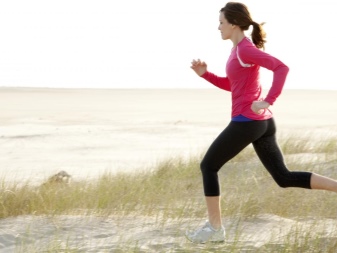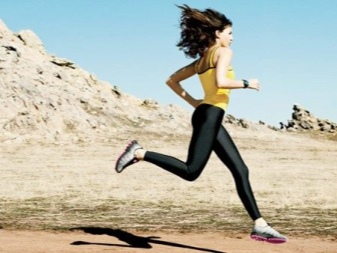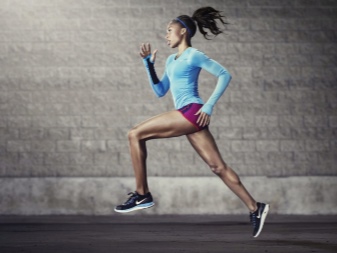If you choose running shoes for the first time, it is important to take into account the many nuances. Choose a suitable model, sole and material, and then running will turn into a real pleasure!
What are suitable for running?
Today, there is no shortage of running shoes. Rookie, rather, will face another problem - the widest range of sneakers for every taste.
There is no one universal model that is suitable for comfortable runs on the street and in the hall all year round.
To run on asphalt, soil and synthetic coating, you need to select different models of sneakers, which will save you from unnecessary injuries. If you seriously decide to go jogging, you should have at least two pairs of sneakers - summer and winter, tailored to the surface you usually run.
Kinds
Trail
The model of such sneakers is designed for running in the forest-park zone. They are suitable for moving along paths with soil, small vegetation, and rocky terrain. In short, ideal for off-road.
They have an aggressive pattern on the sole, which prevents sliding on the ground. Rigid inserts on the sole protect the feet from hitting the stones and protrusions while running. Most models have a stiff sock that protects the fingers.
For city running
If you live in a city and run in a nearby park or on a highway, a model for running on asphalt will suit you.
The sole should be ribbed to prevent slipping, but not with such a deep pattern as on trail running shoes. Sneakers should be “breathing”, protect your feet from deformation and have good cushioning. The most important thing is the presence of good cushioning, which will prevent hitting the feet on hard asphalt. In good sneakers special inserts are located in the heel and toe, because these areas get the maximum load.
For the gym
If you jog on the track only as a warm-up 2-3 times a week, you will need ordinary sneakers in which you are engaged in the gym. They have a small depreciation, which is enough for a moderate run.
If you make intensive runs on the track, this is especially true for runners with a lot of weight, then you will need special running shoes. Suitable models for urban running, which have the necessary cushioning elements.
Waterproof
If you like to run outside in any weather, whether it is raining or snowing, you will need a pair of spare waterproof sneakers. They are equipped with a membrane Gore-tex, which does not allow the feet to get wet, but at the same time lets air through, making the skin breathe. For winter, it is worth buying a warmed waterproof model that will additionally protect your feet from the cold.
Selection by season
Winter
Warm waterproof sneakers that keep feet dry and warm. If you run on the asphalt, it will be enough to ordinary soles. In the trail models, however, a special sole with metal spikes is usually provided, which allows you to move on ice and snow. It allows you to securely fixed on the slippery surface, minimizing the possibility of falling and injury.
Summer
Lightweight, breathable sneakers that are ideal for jogging in warm, dry weather. In case of rain you will need another pair of waterproof sneakers. In order not to spend money on special summer, you can choose the all-season option.
All season
Under such sneakers imply a universal model for urban running. If you do not run every day, and only on asphalt or in the gym, you will only need one pair of sneakers for the whole year. In winter, you can wear a warm sock that does not allow the leg to freeze. In case of bad weather, you can just stay at home, go jogging another day.
What should be the material?
Choose sneakers from quality material that will be durable and soft at the same time. Forget about natural skin, which will interfere with normal ventilation of the legs.
This should be a natural breathable material that will allow your feet to breathe and will prevent sweating. Most often running shoes are equipped with mesh inserts that do a good job with this function.
How to choose a size?
It is important to choose the size of running shoes, because it will help protect your feet from sprained fingers, corns and other injuries. If you constantly run in sneakers of an unsuitable size for you, you can earn some very serious injuries that you have to treat with a surgeon.
- For most people, the length of the feet is slightly different from each other, so you need to measure their length on both legs. Choosing sneakers, you will need to focus on the foot that is longer.
- To measure the length of the foot, put it on a piece of paper, tightly pressed to the floor. Use a pencil to make two marks - in front and behind, in the most prominent places, and then measure the length between the marks.
- Since you will be running in socks, you should add their thickness to the result. The relatively thin sock adds floor size, and the thick winter sock adds a whole size. Also, during a workout, blood will flow to your feet, because of which they will additionally increase in size.
If you buy summer sneakers or running shoes for a treadmill, it will be enough to take a couple more on the floor size. All-season running sneakers should be larger by size, and winter models should be chosen one and a half larger.
We take into account various nuances
Sole
Sole running shoes are of three types:
- Flat. It is suitable for runners with a slight rise and an almost even foot. Sneakers with such a sole will fix the inside of the foot, preventing it from collapsing inside.
- Curved. Required for high-rise runners. Due to good shock absorption, it will fix the back of the foot, not allowing it to fall out.
- Slightly curved. The optimal warrant for runners who have no problems with the foot.
Depreciation
Since during the run on the whole body a large load is created, it is necessary to choose trainers with good shock absorption, which will prevent shocks. The harder you are, the better should be the depreciation. It can be made of various materials: a special gel, foam, or wavy plastic.
Socks
Many runners in vain neglect the choice of special socks for running. They can be found both from well-known manufacturers and from democratic brands. They are made of a very elastic fabric that breathes and wicks moisture away.
Popular compression socks and gaiters. They tightly squeeze the leg, which accelerates the flow of blood through the veins. It helps to recover faster after strong physical exertion.
Frequent mistakes when choosing
- Running does not look like sneakers with a thick soft sole. But if you used to run in such sneakers, you can not sharply abandon them. Reduce the thickness gradually, moving from thick to medium, and then to thin.
- The thickness under the heel should not greatly differ from the thickness of the rest of the sole. The optimal differential is no more than 3 mm.
- Sneakers should not be narrow in the fingersotherwise they will be involved only in repulsion.To run correctly, they must be straightened, give your fingers enough free space.
- People with more weight need to choose sneakers with thick soles, small drop and wide toe. This will reduce the load on the leg joints while running.
We reviewed the main nuances of choosing the right running shoes that will help you make the right choice.

